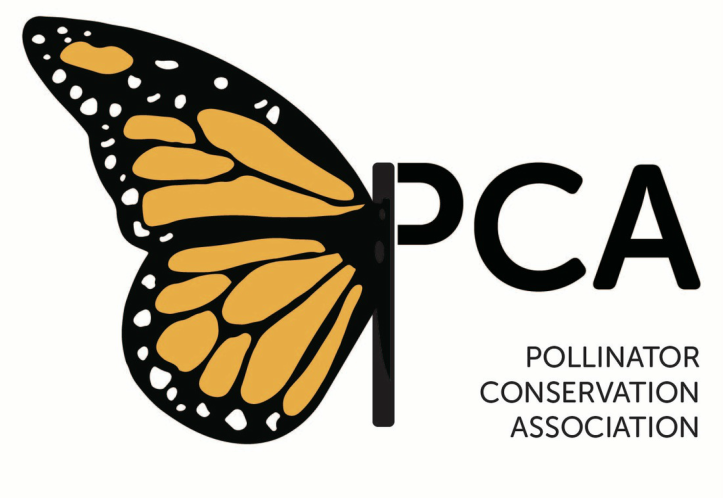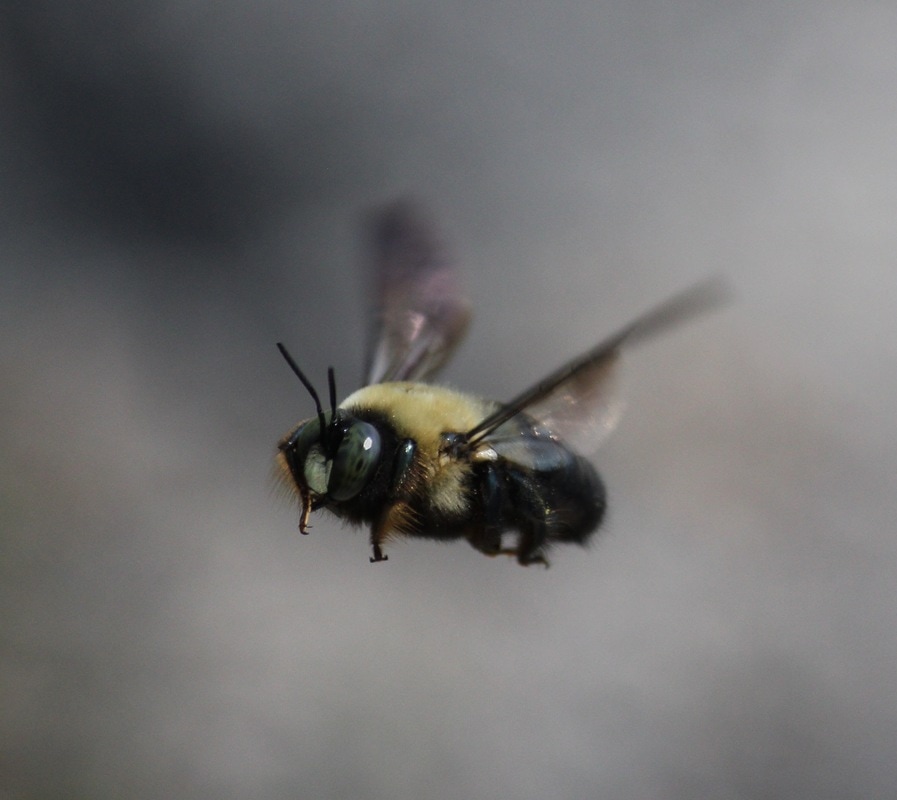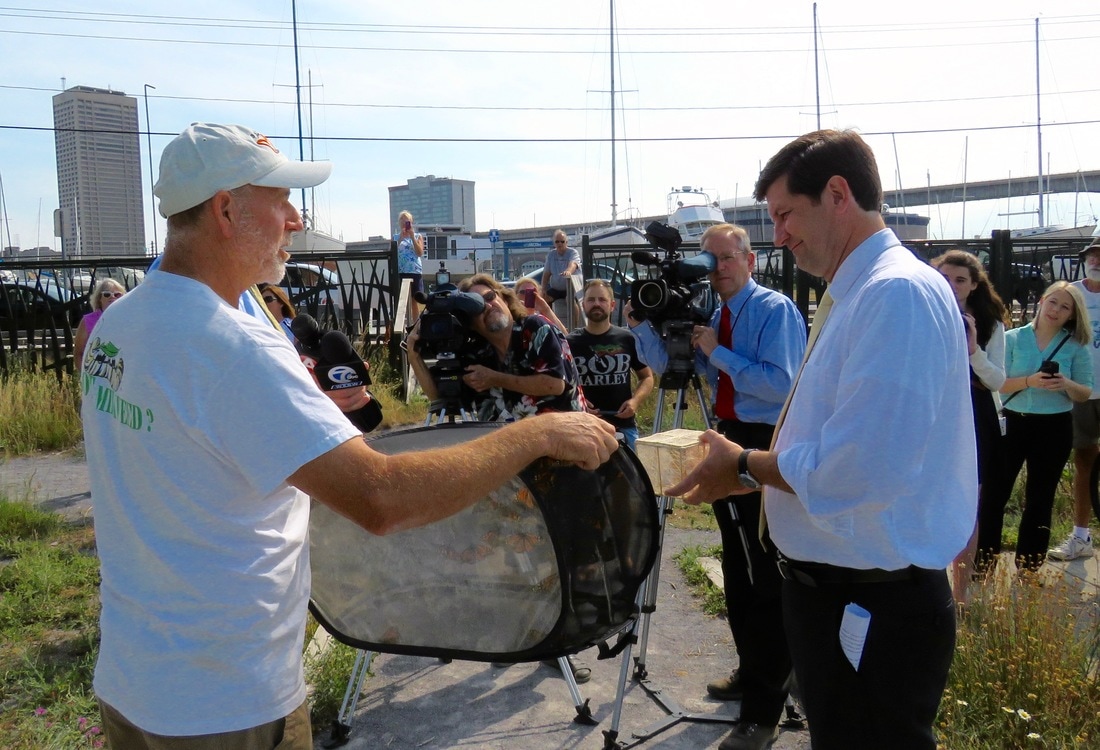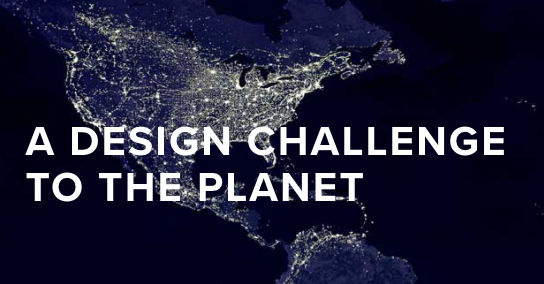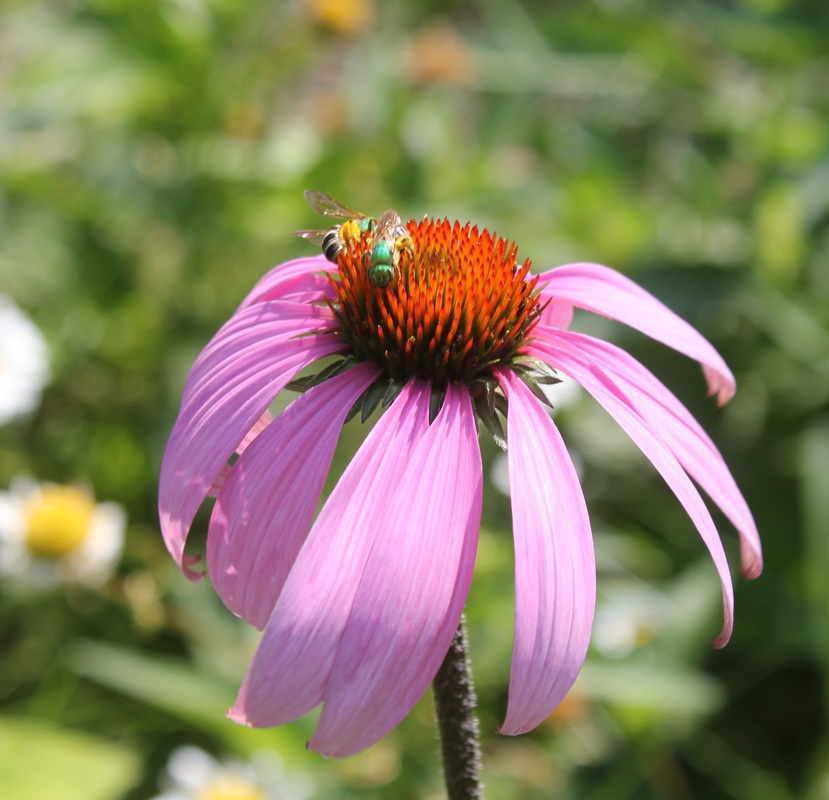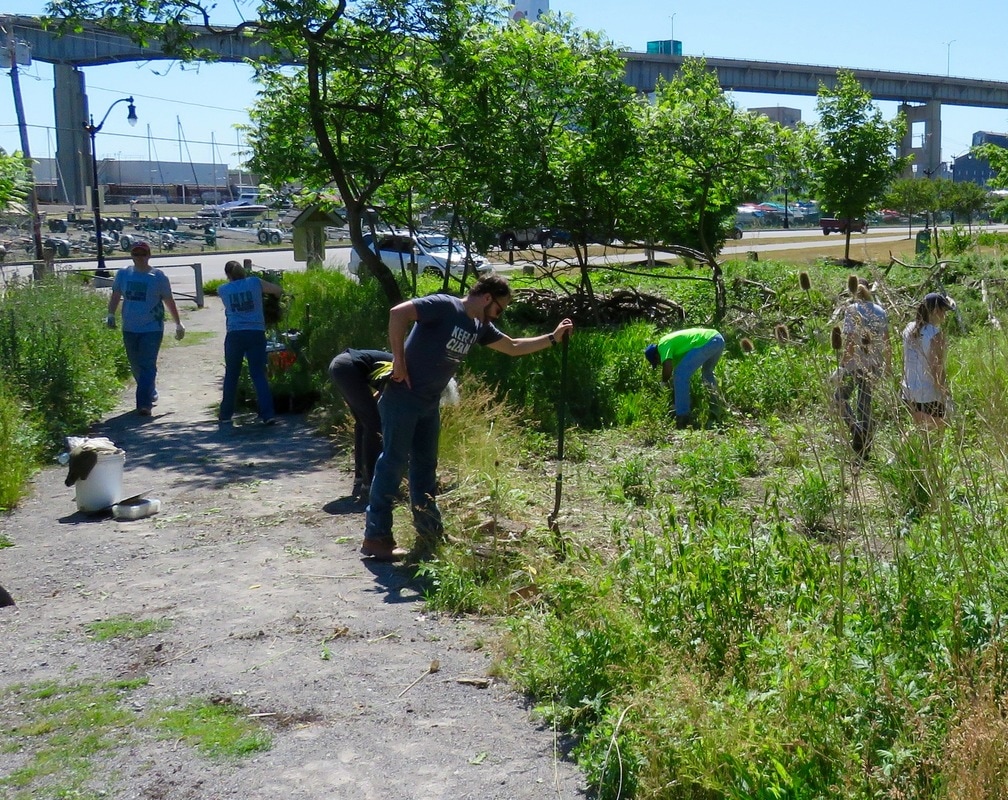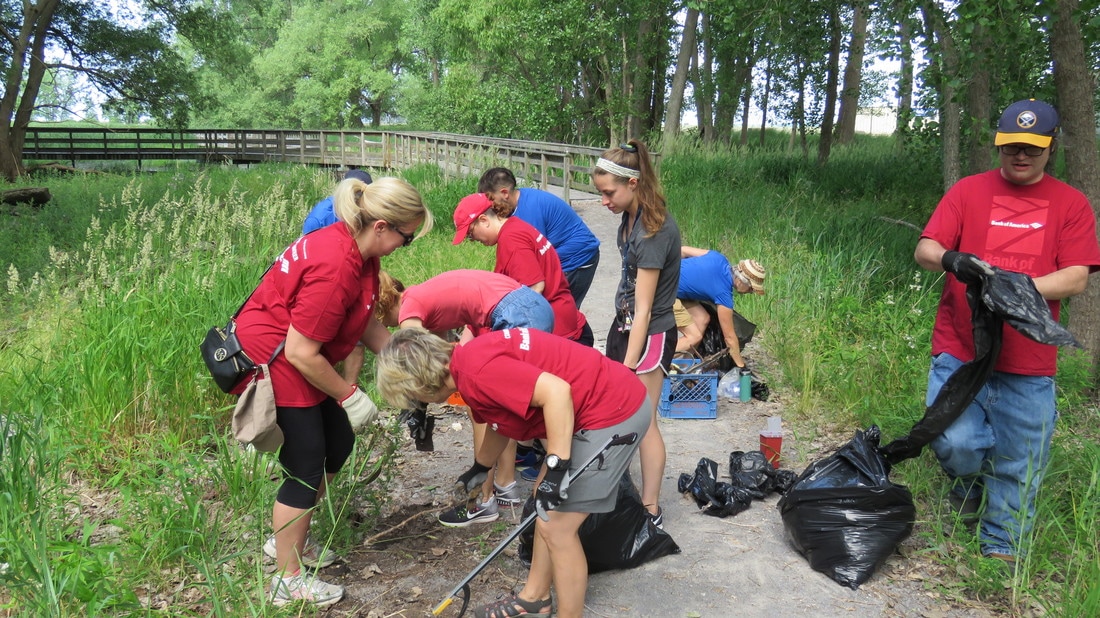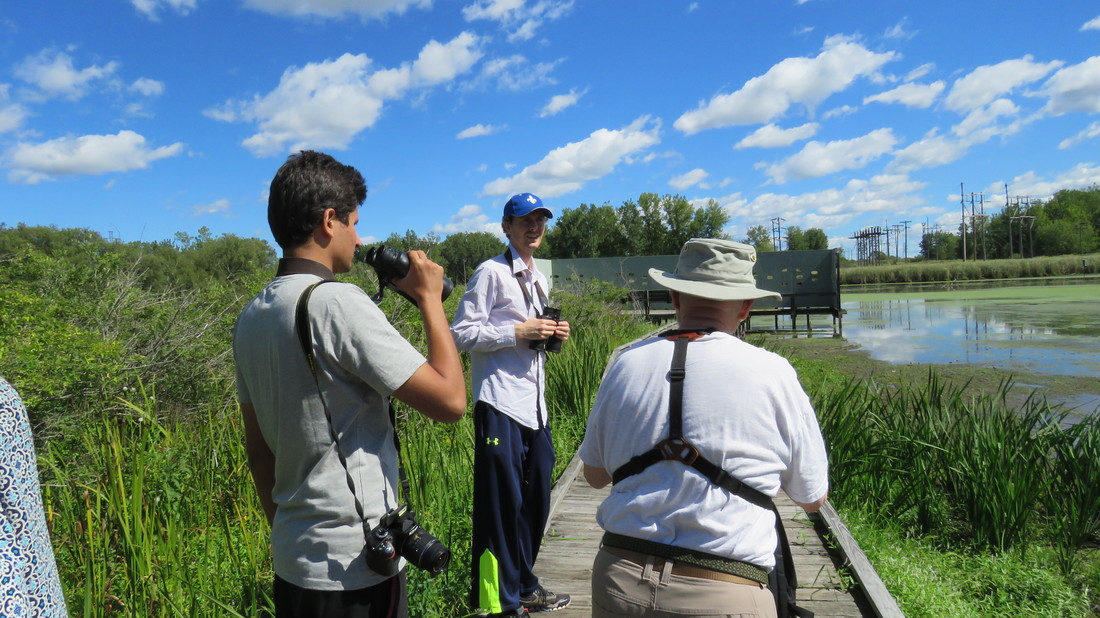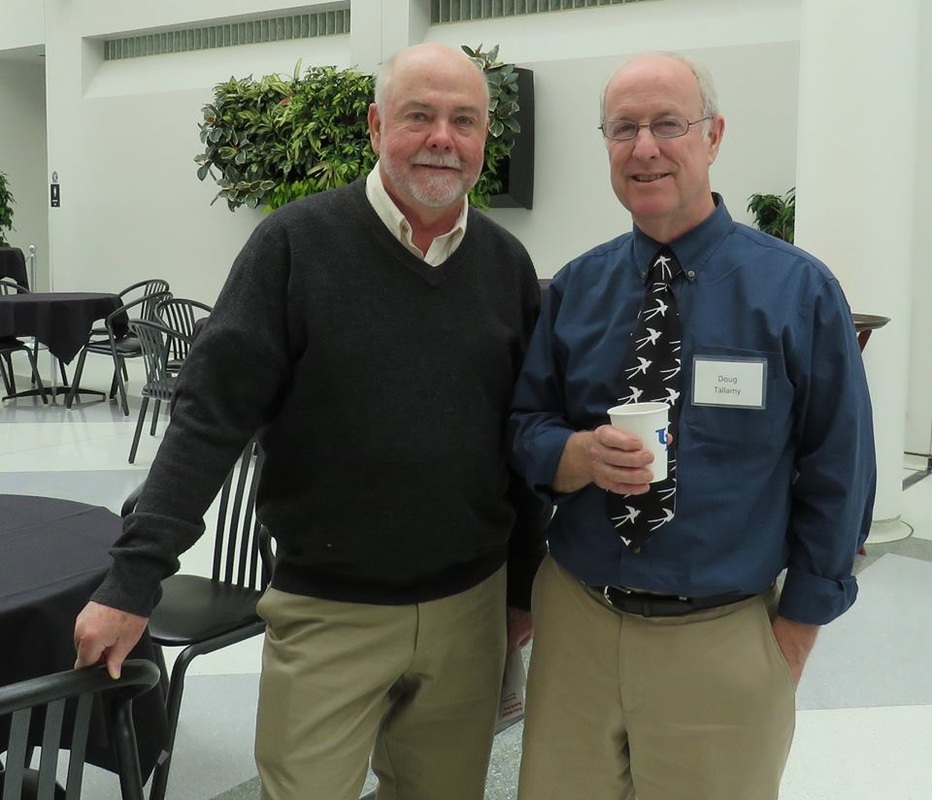LEARNINGPollinators, and the plants, habitats, and ecosystems that they co-depend upon have evolved together.
The biodiversity that is a result of these relationships help create a healthy liveable planet including a stable atmosphere, breathable air, drinkable water, and the source of food opportunities. Human activity including development and the creation of pollution has greatly hurt natural ecosystems. Vanishing species linked with an ongoing extinction event on the planet are in steep decline. these species include pollinators, native plants, habitats and ecosystems. The PCA promotes science and public engagement in order to help protect, conserve, and restore pollinator species and the native plants that they partner with to create a healthy planet. Domesticated
|
Pollination
The Pollinator Pathways Project
Making connections by intentional design
|
The Pollinator Conservation Association is strongly reflective of the contexts of native pollinators, native plants, and native ecosystems.
We encourage education, conservation, and when possible, restoration of native pollinators and the habitats and ecosystems that support them. Native ecosystems are systems that contribute to the global biodiversity that has evolved to provide a liveable atmosphere and planet that may be unique in the universe. All life, including our human lives depend upon the resources that are provided by evolutionary biodiversity. Places and ecosystems have developed unique and codependent responses to survival. Plants and pollinators have evolved together. Pollinators provide reproductive services for plants and in return the plants provide food and other resources for the pollinators. The result of healthy ecosystems include energy optimization, lack of waste, healthy water, healthy air, and healthy food. Throughout the world, natural habitats have vanished, or are vanishing. Habitat loss, due to a wide variety of human activities, is contributing to the decline of biodiversity and increasing climate and atmospheric instability. The Role of Evolution
Plants and animals have evolved together and have developed symbiotic relationships. Pollination, or the fertilization of a plant, is often conducted by an animal species. In turn, animal species have developed a dependency on native plants for food and habitat. The result is a diversity of ecosystems that support a diversity of life forms. This biodiversity is the fundamental architecture of healthy life on earth. Our lives, and the quality of our lives depends upon the health and quality of biodiversity. |
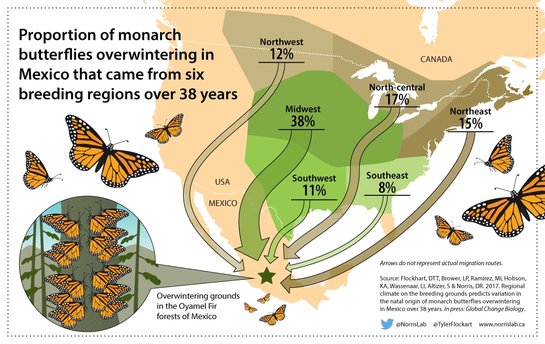
Pollinators are essentially biological agents that enhance reproduction opportunities in plants. We generally associate pollinators with animals that help transfer pollen from the male anther of a flower to the female stigma thus promoting reproduction. Well known pollinators in our region include a wide variety of insects such as butterflies, bee’s, and other invertebrates, some species of birds, and many other biologic and living agents. Most of these pollinators and plants are co-dependent, have specific working relationships related to species relationships (host plants, etc) and rely on healthy intact ecosystems and habitats for their survival.
We recognize that many species of plants and animals are at great risk. Pollinators including Butterflies and native bee’s, as well as a native plants are in steep decline due to a number of conditions including human development and climate change. This is both caused by and effects the health of habitats and ecosystems.
Our Great Lakes region has important connections to pollinator conservation needs. For example, the story of the discovery of the wintering areas for the Monarch Butterfly goes through the Niagara River corridor as Canadian researchers tracked butterflies released in Ontario on their way to the small mountainous area in Mexico where they overwinter. New studies show that Monarch populations including more than 12 percent of overwintering Mexican Monarchs come from the Great Lakes. The rapid monarch decline over the past few years is dramatic and has caused the Monarch butterfly to be considered for Endangered Species protection. Our region’s native ecology is suffering due to pollinator decline. Familiar species such as the Monarch Butterfly, the Nine-spotted Ladybug, and the American Bumblebee have all but vanished. This makes the restoration of the Niagara River Greenway very dependent upon pollinator conservation strategies.
The Pollinator Conservation Association is dedicated to raising awareness of pollinator conservation issues and developing strategies to both restore and conserve pollinators and associated biota.
We recognize that many species of plants and animals are at great risk. Pollinators including Butterflies and native bee’s, as well as a native plants are in steep decline due to a number of conditions including human development and climate change. This is both caused by and effects the health of habitats and ecosystems.
Our Great Lakes region has important connections to pollinator conservation needs. For example, the story of the discovery of the wintering areas for the Monarch Butterfly goes through the Niagara River corridor as Canadian researchers tracked butterflies released in Ontario on their way to the small mountainous area in Mexico where they overwinter. New studies show that Monarch populations including more than 12 percent of overwintering Mexican Monarchs come from the Great Lakes. The rapid monarch decline over the past few years is dramatic and has caused the Monarch butterfly to be considered for Endangered Species protection. Our region’s native ecology is suffering due to pollinator decline. Familiar species such as the Monarch Butterfly, the Nine-spotted Ladybug, and the American Bumblebee have all but vanished. This makes the restoration of the Niagara River Greenway very dependent upon pollinator conservation strategies.
The Pollinator Conservation Association is dedicated to raising awareness of pollinator conservation issues and developing strategies to both restore and conserve pollinators and associated biota.
DOING
|
|
The Pollinator Conservation Association has a variety of Citizen Science opportunities and links to advocacy and planting contexts ranging from large tracts of public or private land to back and front yard gardening,
|
Resources
|
Wild Ones Niagara
Xerces Society Xerces Society Guide to Pollinator Conservation Strategy (Courtesy WildOnes Niagara) North American Butterfly Association (NABA) Bringing Nature Home Doug Tallamy The Living Landscape, Rick Darke & Doug Tallamy The Xerces Society Guide to Attracting Native Pollinators How to Really Save the Bees The Humane Gardener |
Special Video Link- Doug Tallamy presentation in Buffalo, May 2016- courtesy of the Western New York Land Conservancy
|
